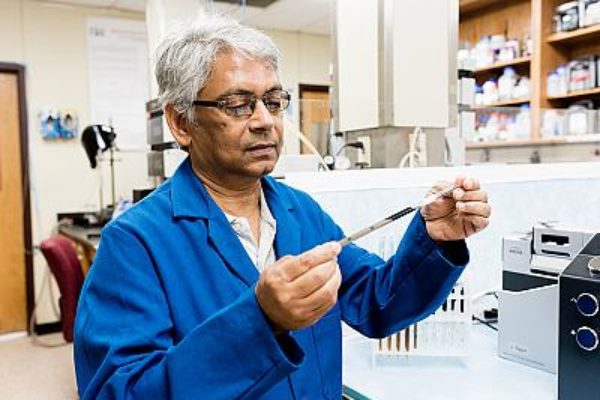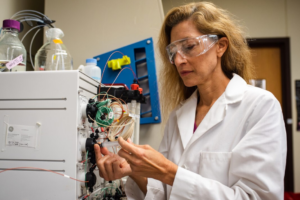AUSTIN, Texas — Engineers with The University of Texas at Austin have signed a $5 million deal over 10 years with India’s national oil company. This international collaboration will provide resources to UT Engineers sharing their specialized expertise with people on the ground in India and will fortify India’s indigenous energy capabilities, which will hopefully lead to greater self-sufficiency.
The country may have significant oil and gas reserves of its own, but it lacks the requisite expertise in key areas to fully exploit them. UT Engineers will work alongside engineers with IndianOil, the nation’s state-owned energy supplier, to provide that knowledge on how to get the oil out of the ground.
It is expertise that could liberate India’s economy from an overreliance on imported energy.
Despite the best estimates suggesting 75 percent of India’s oil and gas reserves are yet to be discovered, the country still imports approximately 80 percent of its energy needs to meet growing demand.
Those that have been explored are yet to be fully exploited, which is where Professor Kishore Mohanty, director of the Center for Petroleum and Geosystems Engineering in the Hildebrand Department of Petroleum and Geosystems Engineering, and his research team come in. Mohanty is an expert in the Enhanced Oil Recovery (EOR) process known as alkaline-surfactant-polymer flooding, a method that can extract almost all of the oil reserves in a given play.
EOR techniques vary considerably, depending on the materials used and the approach taken. And although it may not be the best-known method for oil extraction, it is one of the most efficient.
“Water flooding is one of the cheapest ways of extracting oil,” Mohanty said. “It is not very efficient though.” About 20 to 40 percent of oil can be obtained successfully using water flooding. “So more than 60 percent of your oil is left behind.”
There are a variety of Enhanced Oil Recovery techniques in use — gas, chemical and thermal recovery are some examples — but none has a 100 percent success rate for oil extraction. Surfactant-polymer flooding is different.
“Surfactants act like detergents, meaning oil can be extracted anywhere the floods reach.”
Texas Engineers will be sharing their expertise with their Indian counterparts so that they can establish their own indigenous skill set in alkaline-surfactant-polymer flooding.
The potential economic benefits to a country such as India, where current demand for energy is insatiable, are significant, to put it mildly. “If we could get an additional 25 percent of the oil from these indigenous oil fields, this would have tremendous benefits to the local Indian economy,” Mohanty said. “But with this polymer fluid, we’re talking about fully exploiting these reservoirs. So, it could be a game changer for the country.”




